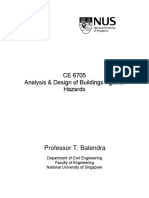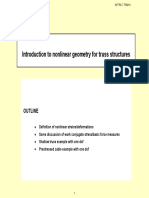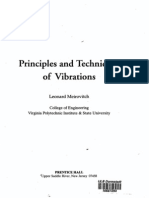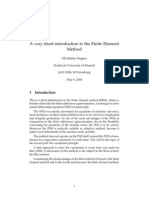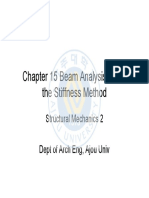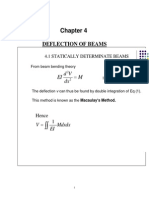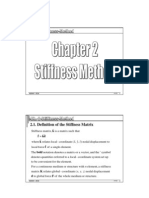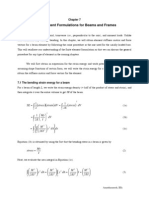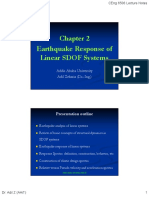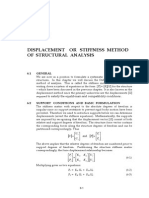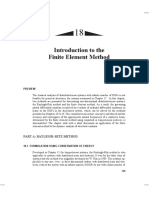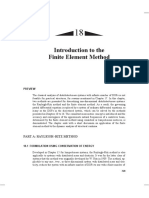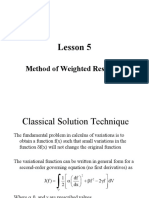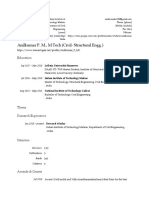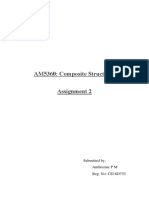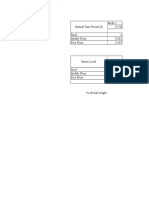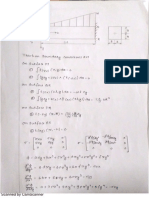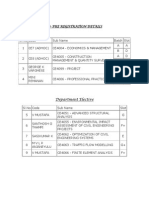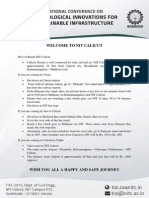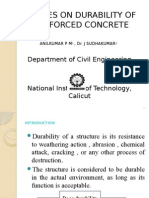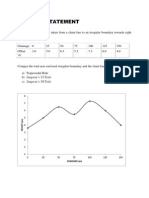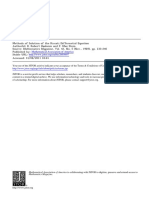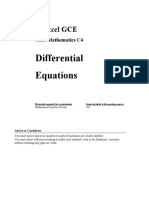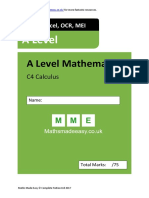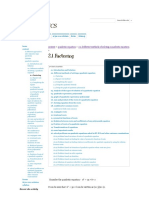0% found this document useful (0 votes)
173 views15 pagesApproximate Methods
This document discusses approximate methods for analyzing morphing structures, including Galerkin and Rayleigh-Ritz methods. These methods are necessary when exact solutions cannot be obtained for problems involving non-uniform geometry, concentrated masses, or non-classical boundary conditions. Rayleigh's method can determine the fundamental frequency but with less accuracy than higher modes. The Rayleigh-Ritz method uses multiple terms to find higher frequencies but establishing criteria for significant terms is challenging. The Galerkin method involves choosing shape functions, substituting them into differential equations to obtain an error, and using orthogonality to derive Galerkin's equations for solving eigenvalue problems of free and forced cantilever beams.
Uploaded by
Anilkmar P MCopyright
© © All Rights Reserved
We take content rights seriously. If you suspect this is your content, claim it here.
Available Formats
Download as PPTX, PDF, TXT or read online on Scribd
0% found this document useful (0 votes)
173 views15 pagesApproximate Methods
This document discusses approximate methods for analyzing morphing structures, including Galerkin and Rayleigh-Ritz methods. These methods are necessary when exact solutions cannot be obtained for problems involving non-uniform geometry, concentrated masses, or non-classical boundary conditions. Rayleigh's method can determine the fundamental frequency but with less accuracy than higher modes. The Rayleigh-Ritz method uses multiple terms to find higher frequencies but establishing criteria for significant terms is challenging. The Galerkin method involves choosing shape functions, substituting them into differential equations to obtain an error, and using orthogonality to derive Galerkin's equations for solving eigenvalue problems of free and forced cantilever beams.
Uploaded by
Anilkmar P MCopyright
© © All Rights Reserved
We take content rights seriously. If you suspect this is your content, claim it here.
Available Formats
Download as PPTX, PDF, TXT or read online on Scribd
/ 15


